Telling sober worms from tipsy ones using chromatography has been honoured with this year’s Ig Nobel chemistry prize. The prize was one of 10 awarded last night in a ceremony at the Massachusetts Institute of Technology in the US.
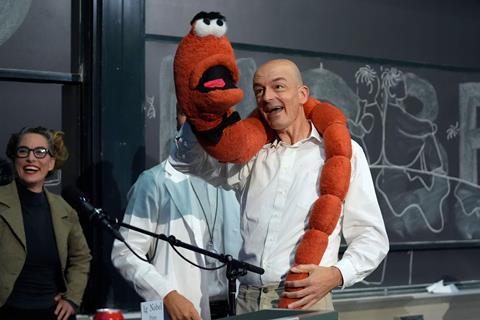
Tess Heeremans, Antoine Deblais, Daniel Bonn and Sander Woutersen won the Ig Nobel chemistry prize in active matter research for their approach to sorting active polymers. Using Tubifex tubifex worms as a natural analogue for large polymers, they designed a channel system comprising hexagonal pillar arrays to separate the worms based on their activity. By making some worms ‘drunk’ with ethanol and dye, they proved that structured flow channels can effectively sort polymers by both length and activity.
This was the 34th edition of the Ig Nobel awards, given to research that makes people ‘laugh, then makes them think’. ‘While some politicians were trying to make sensible things sound crazy, scientists discovered some crazy-sounding things that make a lot of sense,’ said Marc Abrahams, master of ceremonies. The prizes were presented by the physicist Frank Wilczek, who won his Nobel prize in 2004 for work on the dominant force that governs quark interactions within atomic nuclei.
The ceremony featured miniature operas, scientific demos and ‘24/7 lectures’. The venue was transformed into a battlefield of paper aeroplanes as the audience, staying true to Ig Nobel tradition, converted their recyclable papers into disposable flying contraptions. The award-winning theoretical physicist Lisa Randall and two-time Ig Nobel-winner David Hu were among the guest lecturers.
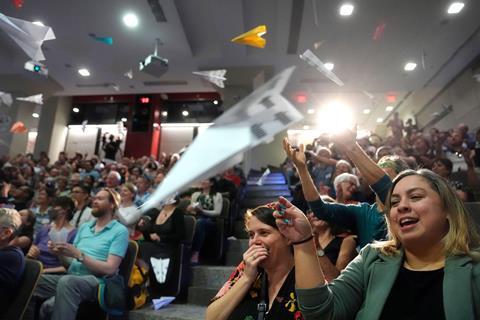
While the medicine prize was awarded to work demonstrating that placebos with painful side effects can be more effective than those without, the peace prize was given to research exploring the feasibility of using pigeons to guide missiles.
Other research highlighted at the ceremony included the discovery that people with the longest lives hailed from places with poor recordkeeping, which was given the demography prize, while research showing that mammals can breathe through their anus won the physiology prize.




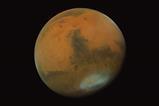
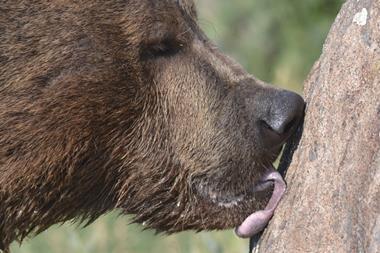
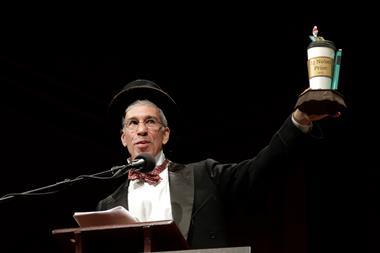
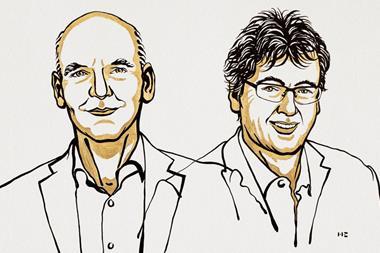

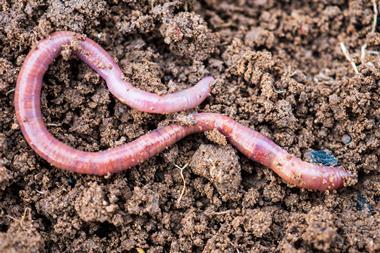
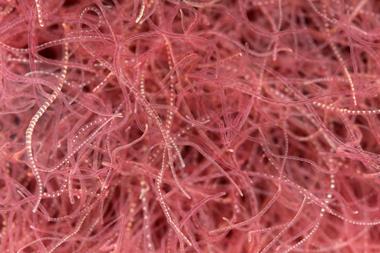






No comments yet